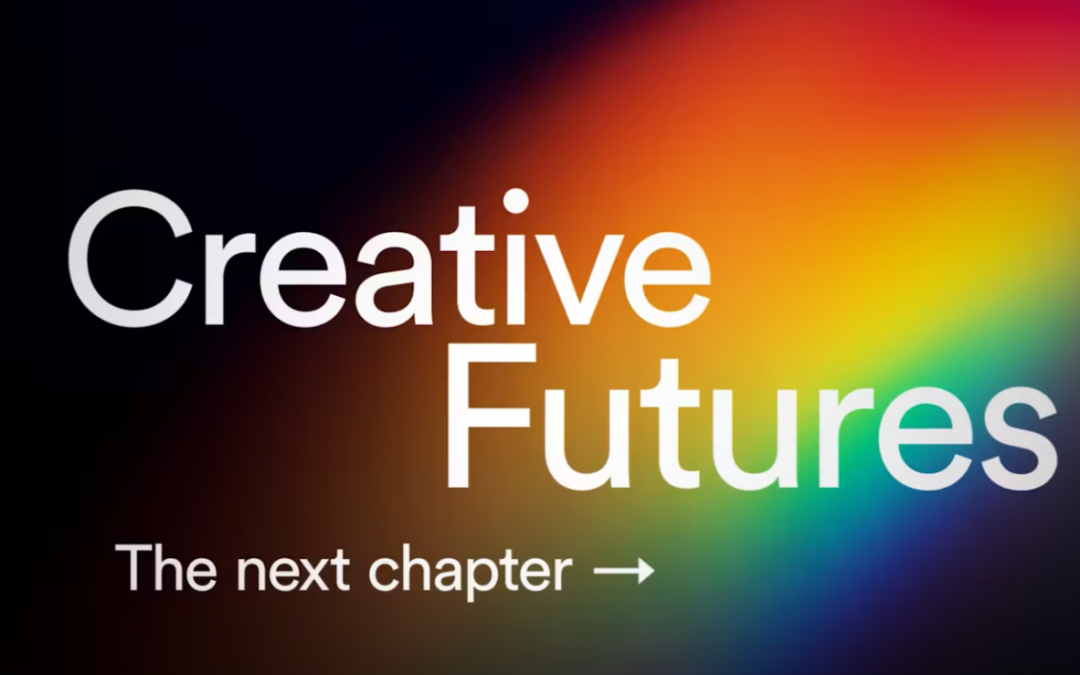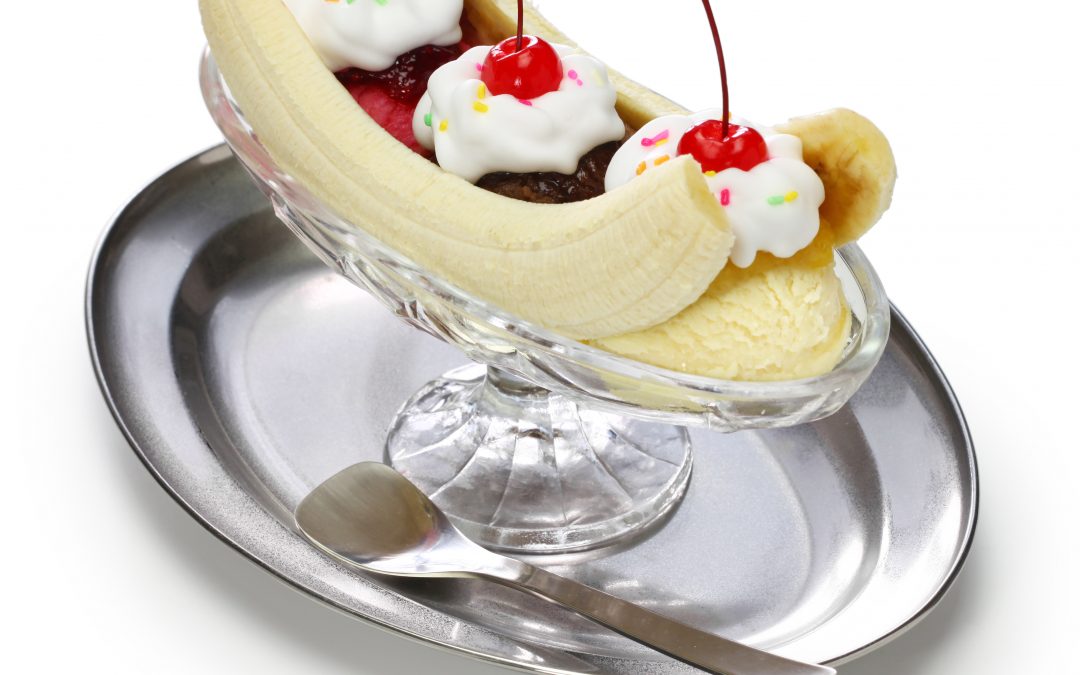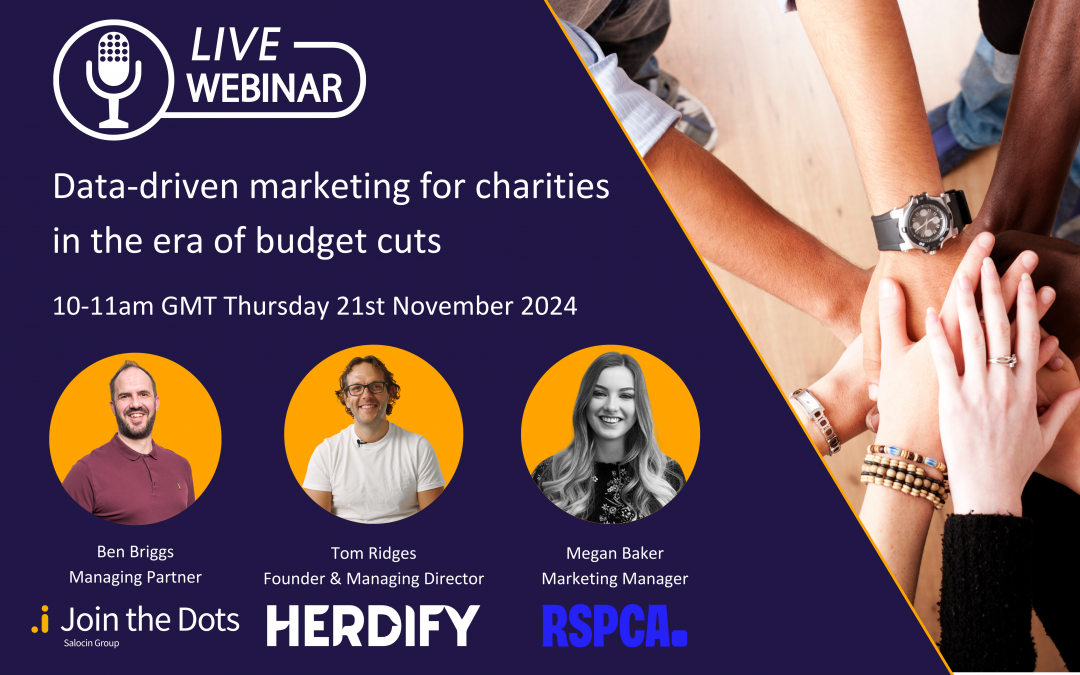To run a campaign, you need to buy the right airtime and create an effective commercial.
This guide looks at the TV commercial production process, but you can also look at our guide to buying the airtime, and our third post in the series, a guide to what makes a good ad.
A commercial can take anywhere from six weeks to six months to produce depending on what’s involved and the scale of the project. The process is as follows:
Step 1 – Write a Creative Brief
The creative agency or production house listens to everything the client is trying to achieve and then writes up a brief which needs to include:
- Objectives – is this a new product launch? Are you looking to drive immediate response?
- Message – what is the one clear message you want to get across in the ad?
- Target audience – who are you trying to reach with your campaign?
Standard requirements include:
- Brand guidelines – is there a look or feel which needs to be incorporated?
- Format – where will this commercial be seen? How long must it be?
- Budget – how much have you got to spend?
- Timing – when should the campaign run?
Step 2 – Creative concepting
Once there is consensus on the creative brief, the creative agency will produce several concepts/ideas that answer the brief in different ways. It’s really important that the brief contains as much detail as possible as this is what the creative team will use to spark off ideas and come up with concepts. They may vary by tone, messaging hierarchy or by production approach e.g. animation versus real actors. All of the proposed ideas will all aim to achieve the objective as set out in the brief.
Though every concept is different and comes from the brief, here are some useful activities to help generate ideas.
Step 3 – Storyboards/Script
When the concept has been agreed upon, the agency will write up the script and possibly produce storyboards to show the visual intent for each frame. The script will provide context so we know when and where each frame is set. It will also include all speech, voice overs, acting notes and supers (text that’s placed over the visuals). The storyboards convey the visual intention that helps to tell the narrative. It will show things like camera angle, focus point, camera movement, any visual type treatment and more. These can be accompanied by mood films and images so that both agency and client understand the visual intent. When both the agency and the client is happy with the script, the client approves it.
Step 4 – ClearCast
The script is then sent to ClearCast for approval. In the UK, broadcasters aren’t allowed to show ads that are misleading, harmful or offensive. So before ads are shown, ClearCast check them against the UK Code of Broadcast Advertising (the BCAP Code), which sets out what is and isn’t permitted.
If the script makes any claims such as “Britain’s favourite tea”, or “this product will make you grow two feet taller”, ClearCast will ask for substantiation, and quantitative or scientific proof will need to be submitted to back up these claims.
Step 5 – Production
Now that the script has been approved, the production process can start. This involves making choices about:
- The Director – who will bring the script to life?
- The Talent – who are the right actors or voice overs (age/sex/look) for the commercial?
- The Music – what music enhances the script or is a memorable jingle require for brand? Does the ad require any sound effects to enhance the narrative?
- Location – what should the set look like or does the commercial need to be set outdoors or in multiple locations?
- Food styling/ wardrobe/ prop stylist – Who do you need to set to bring it to life?
Step 6 – Shooting
The actual shoot can last anything from one day to a number of weeks depending on what is involved. Similarly, there can just be a skeleton crew, or a sizable entourage. Whilst this is often seen as the glamourous side of advertising, shoots can often be very slow, with a lot of hanging around during the Director’s quest to get the look of the ad as envisioned.
Step 7 – Post-production
Once the footage has been shot and complied into the rough cut of the commercial, it will be finessed into the final ad. This involves:
- Editing – Cut the frames together to create the ad. Ensure it works for all format intended e.g. TV, YouTube, Instagram etc.
- Colour Grading – Various attributes of an image such as contrast, colour, saturation, detail, black level, and white point may be enhanced or corrected in post-production. This can be used to give the final film a stylised affect.
- Sound engineering – ensuring all the audio works seamlessly with together and with the visuals.
- Overlays – Any supers (text) or visuals that need to appear over the film.
Step 8 – ClearCast
The final ad is then sent to ClearCast where they check that it matches exactly the script that was approved. ClearCast give final approval for the ad to be broadcast.
Step 9 – Play out
The ad is digitally delivered to the stations for them to use in its allotted airtime.
Here at Join the Dots we don’t produce the ads, but we work closely with a number of preferred partners who specialise in TV commercial production who we can introduce you to. Our job is to ensure that we plan and buy the airtime as effectively as possible in order that the commercial is seen in the right place, at the right time, by the right people.
If you would like to find out more, contact Clare Arndell











